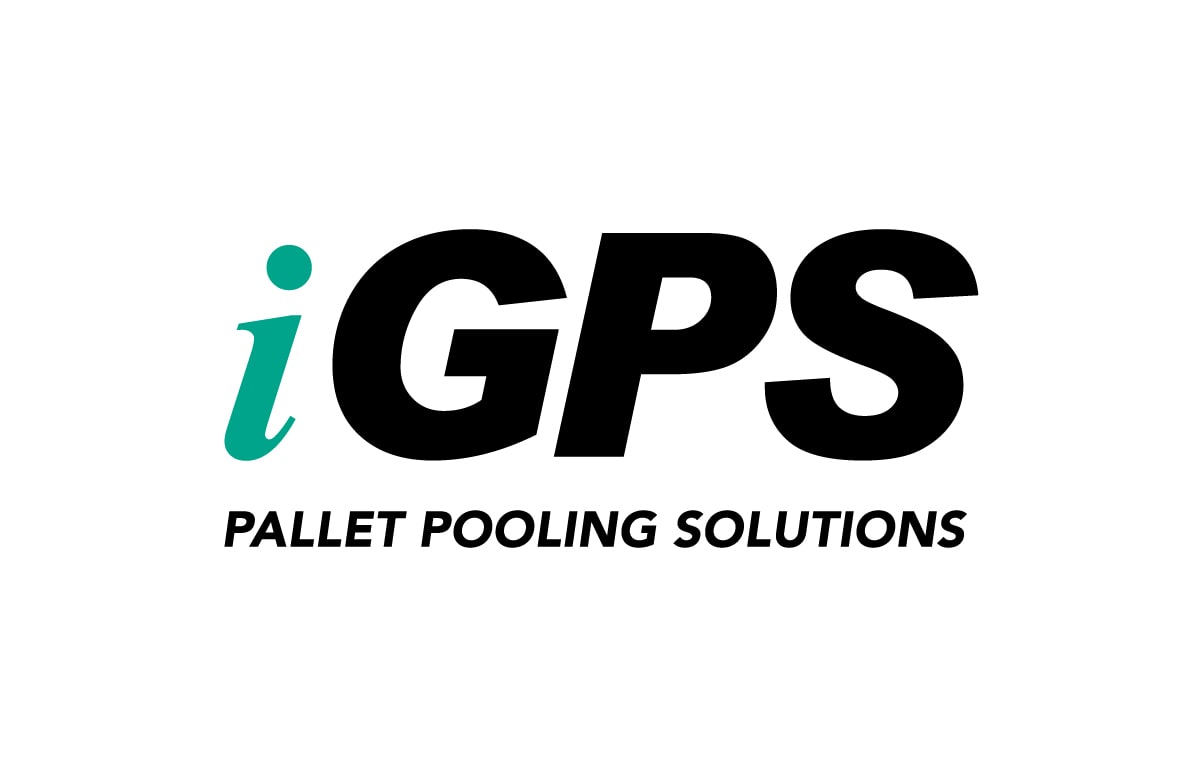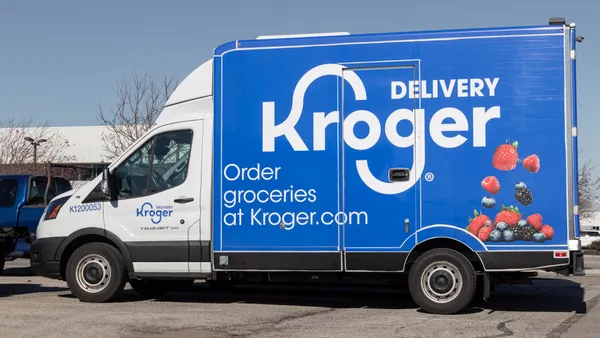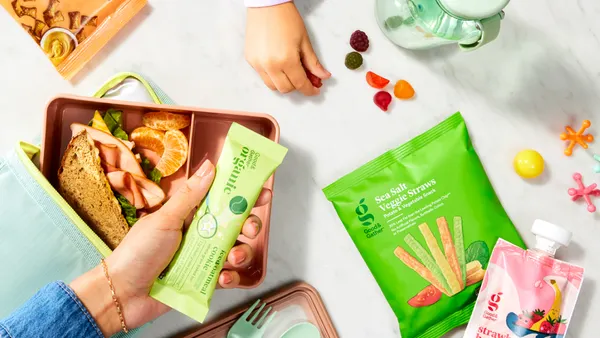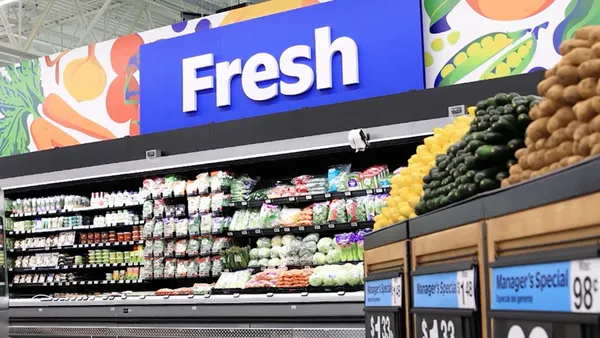Dive Brief:
- Albertsons CEO Vivek Sankaran said during the company’s third-quarter earnings call on Tuesday that the grocer is seeing “strong” consumer engagement and “stable” consumption patterns in recent weeks amid record-high inflation.
- But he said those trends could change as inflation continues to rise. On Wednesday, the U.S. Bureau of Labor Statistics reported the consumer price index (CPI) rose 7% in December on an annual basis.
- Albertsons beat Wall Street expectations in Q3, with identical sales up 5.2% and net sales of $16.7 billion. Net income was $425 million while gross margins fell to 28.9% compared to 29.3% during the year-ago period.
Dive Insight:
Albertsons, like other retailers, is managing through the current inflationary period by being careful about where it passes along price increases. Sankaran said it’s holding back increases on essentials in order to retain customers.
Against this backdrop and with shoppers continuing to dine at home during the omicron variant surge, consumer patterns remain mostly unchanged for the company. But that could shift as inflation increases, as it did on Wednesday when the labor department reported the highest inflation level in four decades.
“I mean this is the big question, right? How will the consumer react going forward?” Sankaran said.
Because it competes against a broad set of retailers, including discounters, mass merchants and dollar stores that stand ready to benefit from shoppers trading down, the company may have a hard time passing along additional price increases, said Chief Financial Officer Sharon McCollam. Among suppliers, costs have increased recently due to a slew of reasons ranging from higher wages to elevated ingredients costs.
"[W]e have to stay competitive every day to win and retain our customers. So when we think about pass-through, we also have to be very focused on the competitive environment," she said.
Albertsons is trying to protect its margins through efficiency measures that manage product mix, shrink and labor allotment, the executives said. The grocer is also dealing with supply chain challenges driven by the omicron variant that have become particularly noticeable to consumers lately. Sankaran said he expects omicron-fueled disruptions to last another four to six weeks before improving.
During Q3, Albertsons benefited from strong shopper engagement with its fresh food departments, where it has begun automating production planning and simplifying tasks, as well as an influx of customers coming in to get their COVID-19 vaccines. To date, the company’s pharmacies have given out 11 million vaccine doses.
"I think the fresh portfolio is also playing to our advantage, because you're seeing people eating at home. And our fresh is growing faster than the rest of store," Sankaran said.
Albertsons also continued to expand its Drive Up & Go pickup service, which is now available to 96% of households in the company’s operating area, Sankaran said. The company offers delivery through all of the major third-party apps, and Sankaran said it’s currently testing a few new last-mile delivery services.
Albertsons’ digital sales rose 9% in Q3, and were up 234% on a two-year basis.
The company revised its guidance on Tuesday. It now expects full-year identical sales in the range of -0.8% to -1.2% compared to a previous outlook of -2.5% to -3.5%. Adjusted earnings per share is expected to be in the range of $2.90 to $2.95 compared to a previous guidance of $2.50 to $2.60.













